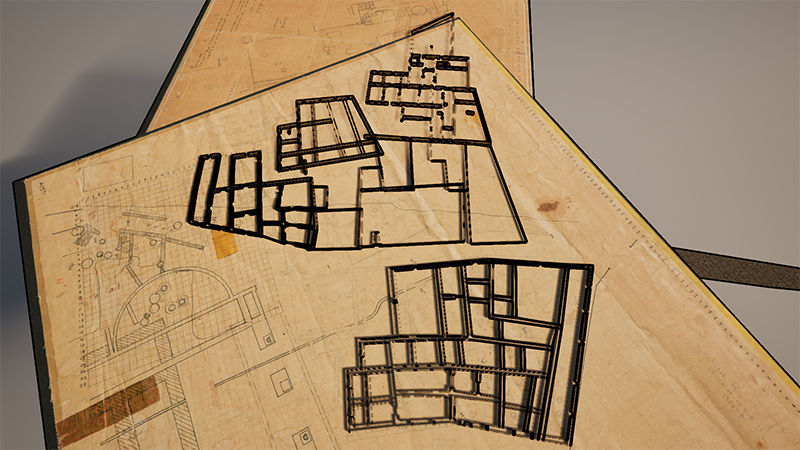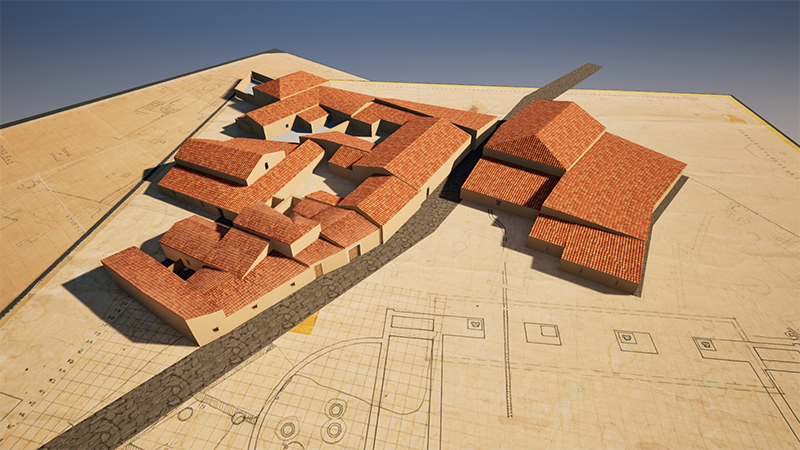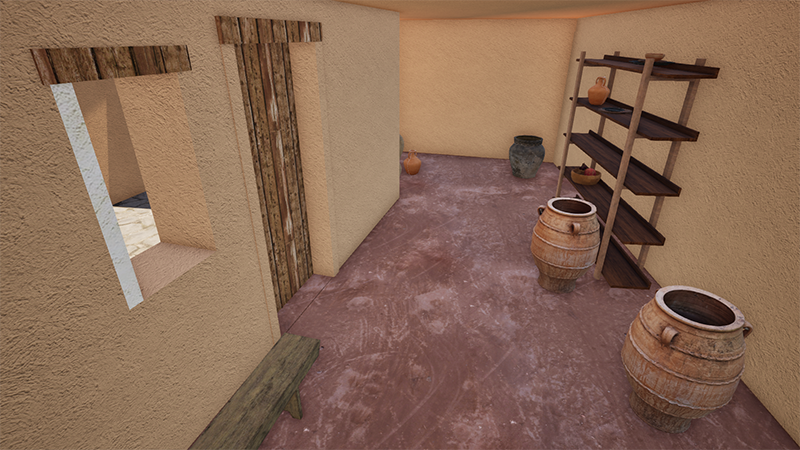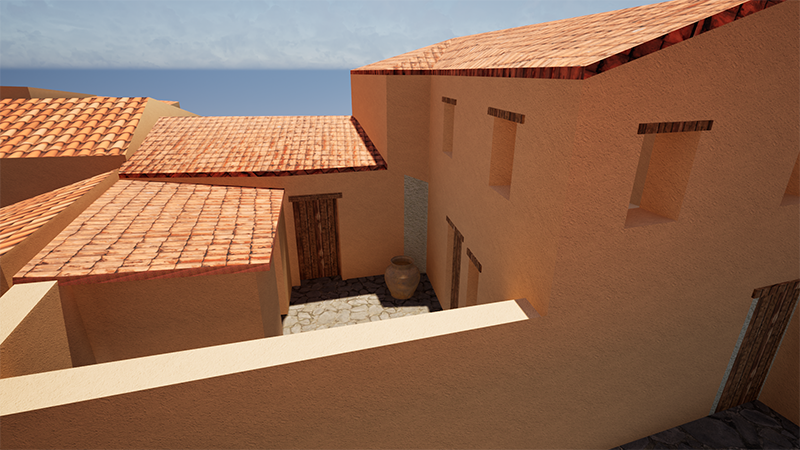The Athenian “Agora” of the classical period of the 4th and 5th centuries BCE — the business, legal, and political center of the city — has been much studied by archaeologists. But its history in the middle Byzantine era, from roughly the 9th to the 12th century CE, has been relatively overlooked. Associate Professor of Byzantine Art and Archaeology Fotini Kondyli is working to change that. Kondyli bemoans the reputation of Byzantine Athens as an “insignificant town that lacks monumental structures and any urban planning … a backwater of the Byzantine empire,” and with the help of the Library’s Digital Humanities (DH) Center, she makes the case that the city during the Byzantine period was vibrant, densely populated, and much more prosperous than previously imagined.

One major barrier to the study of Byzantine Athens? All but one of the period’s buildings no longer exist. During the Athenian Agora excavations, which began in the 1930s, archaeologists in search of the classical agora recorded and then removed the Byzantine-era structures to get to lower levels. Using legacy data from the excavations — artifacts, photos, and excavation notebooks, — as well as Kondyli’s own on-the-ground observations and expertise, her “Inhabiting Byzantine Athens” project seeks to reconstruct the built environment of the Byzantine agora through digital visualizations, and offer fresh insights into Byzantine spatial, political, and social practices. A cross-University project team takes the source materials and associated data sets from the Agora Excavations records and uses them to create 3D models in a program called SketchUp. The SketchUp files in turn are the basis for visualizations created in Twinmotion, a tool capable of creating renders of the environment that can be shown in timelapses or other videos, or that users can walk through using virtual reality gear.

Arin Bennett, Information Visualization Specialist in the Scholars’ Lab, is a vital team member. As project team architect Matthew Schneider creates the preliminary SketchUp file, and undergraduate student “builders” Carter Lowe, Henry Newton, Alannah Bell refine those files, Bennett’s role is in training and assisting the students and working in visualization tool Twinmotion to refine the results, constructing evidence-based VR models of several houses in the Byzantine agora. These models allow viewers to be guided or navigate through the space and view the intricacy of the neighborhood. The process is continually unfolding — visualizations can be modified and tweaked based on new inputs and new discoveries. Kondyli praised “VR wizard” Bennett for his “remarkable efforts and significant contributions” as an invaluable member of the research team. “Arin is helping us make a substantial impact on the field of archaeology, particularly in advancing data visualization and interpretation,” said Kondyli.

Bennett and the Scholars’ Lab are not the only part of the DH Center involved in “Inhabiting Byzantine Athens” — Kondyli received a Resident Fellowship from the Institute for Advanced Technology in the Humanities (IATH) in 2016 to develop a bilingual digital platform that will offer interactive access to the research and tell stories through multimedia elements as well as the 3D and VR models created. The digital tools designed in collaboration with IATH will provide new and effective ways to analyze and synthesize the large and heterogeneous datasets that form the basis of the project’s study on the relation between human behavior, spaces, and objects in Byzantine cities.

In addition to the digital platform, Kondyli plans to publish a book on the work, and recently presented “Inhabiting Byzantine Athens, Insights from the Athenian Agora Excavations Archives” in her hometown of Athens at the American School of Classical Studies. She was encouraged by the significant turnout for the event, both in person and online. “It does matter,” she said. “It gives me hope that the study of the past and the study of Byzantium is not just an academic pursuit but rather stems from an inherent human need to know the past and to understand it in order to understand ourselves, find our place in the world, and navigate the future.”
Watch Fotini Kondyli's presentation: at.virginia.edu/athens.
This story originally appeared in the Library’s Annual Report for FY 2023-24. Download the full PDF to read more.
